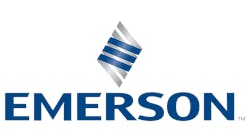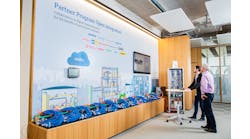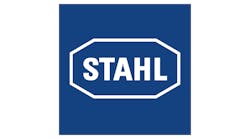MTL may have stolen a march on its Intrinsic Safety rivals with the introduction of its Fast Switch technology at last Aprils Hanover Fair, but it isnt going to have the field to itself for very long. At the same event, German I/O specialist Pepperl+Fuchs showcased its DART (Dynamic Arc Recognition and Termination) technology, which takes a similar approach to solving the problem of permitting higher levels of power in Intrinsically Safe (IS) circuits.
DART is the result of a research project supported by the German Ministry of Economy and Employment and is now in the final stages of its development, with first applications expected in 2009. According to a recent report on ISAs Intech web site those are likely to be with major Indian refining companies such as Reliance and ONGC. DART combines all (the) benefits of intrinsic safety with high power levels, opening a wealth of new opportunities for process control, commented Pepperl+Fuchs CEO Dr. Gunther Kegel.
Traditionally, Intrinsic Safety has been achieved by limiting the available effective power in a circuit to less than 2W in order to prevent the creation of sparks capable of igniting a flammable gas mixture in a hazardous area.
That restricts the use of the technology almost exclusively to connecting and powering sensors and transducers with low power ratings. DART, by contrast, allows power ratings up to 50W and hence dramatically broadens the potential range of applications.
Like MTLs Fast Switch, it does this by detecting failures in the electrical system and, in the case of DART, shutting down the power supply within just 1.4 microseconds, before the consequential spark is able to develop.



